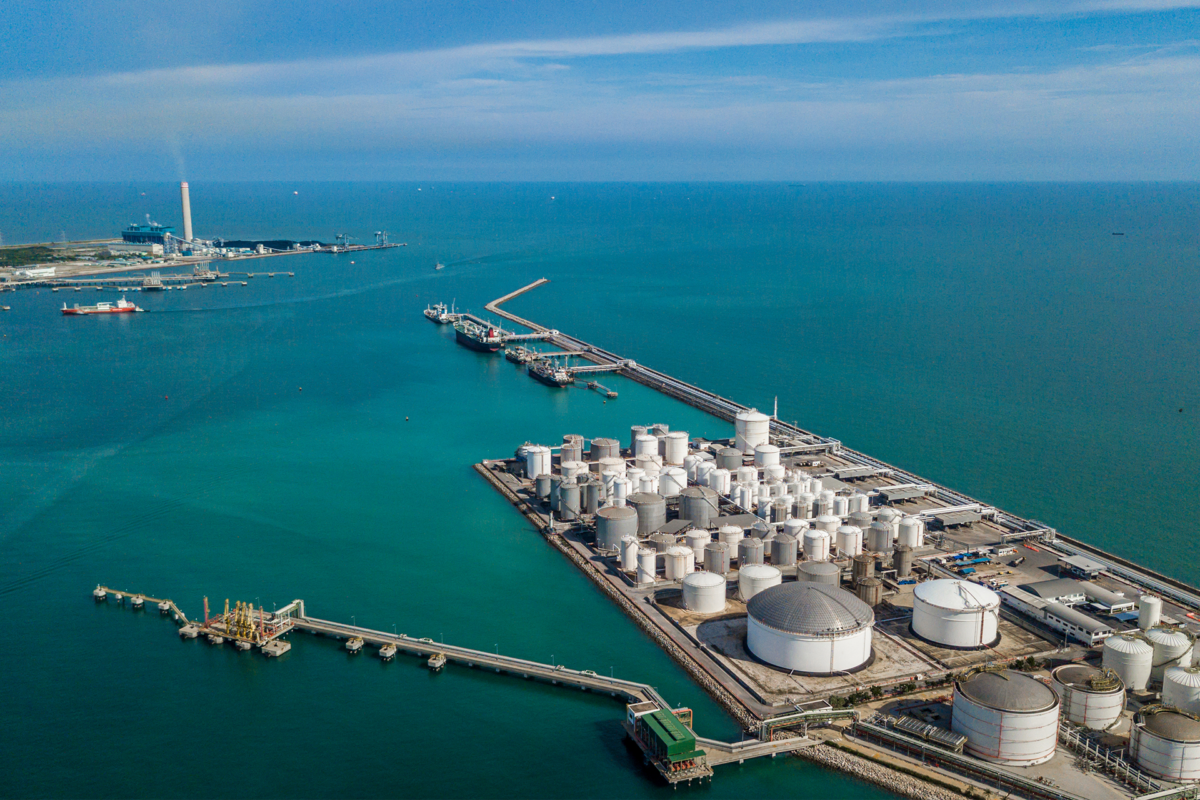Liquefied Natural Gas (LNG) valves are specialized valves designed for use in the handling and transportation of LNG. LNG is natural gas that has been cooled to extremely low temperatures, around -260°F (-162°C), at which point it becomes a liquid and occupies significantly less volume than in its gaseous state. LNG valves play a critical role in the safe and efficient operation of LNG facilities and infrastructure, including LNG production plants, storage tanks, liquefaction terminals, and transportation vessels.

Cryogenic Service
LNG valves must be able to withstand the extreme cold temperatures of LNG, which can cause ordinary materials to become brittle and prone to failure. Valves designed for cryogenic service are typically made from materials that remain ductile and reliable at these low temperatures. Double Block and Bleed (DBB) Design: LNG valves often incorporate a double block and bleed design, which means they have two sealing mechanisms and a bleed port between them. This configuration provides an extra layer of safety by isolating the process fluid and ensuring there is no leakage.
Fire Safety
In LNG facilities, there’s a risk of fire, and valves must be designed to withstand high temperatures and provide fire-safe operation. Fire-safe valves incorporate features that prevent leakage even under extreme heat conditions.
Application Areas
LNG valves are used in various stages of the LNG supply chain, including liquefaction, storage, transportation (LNG carriers), regasification terminals, and distribution to end-users.
In summary, LNG valves are critical components in the LNG industry, designed to operate reliably and safely under extreme cryogenic conditions. Their design and materials make them well-suited for the challenges presented by the storage and transportation of liquefied natural gas.

